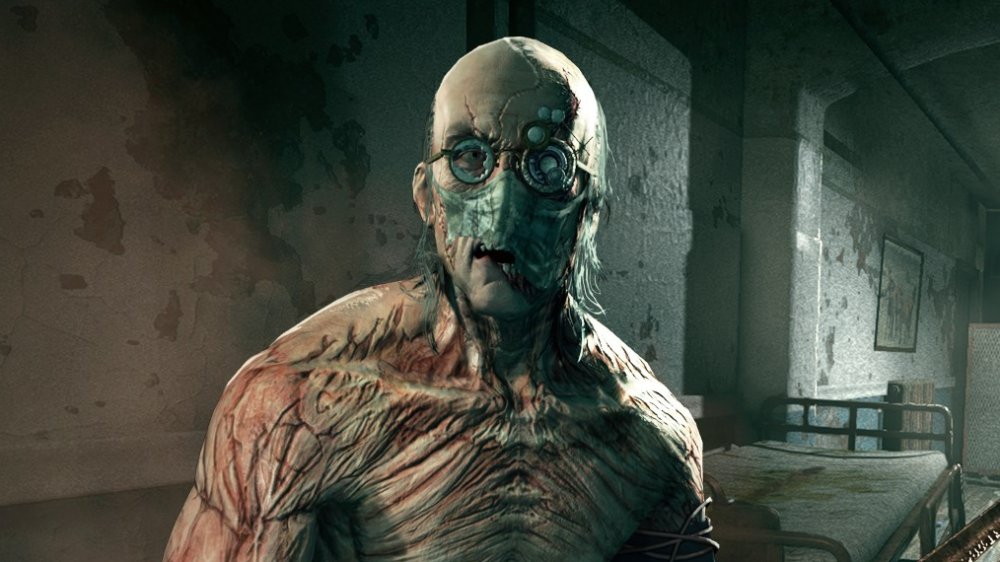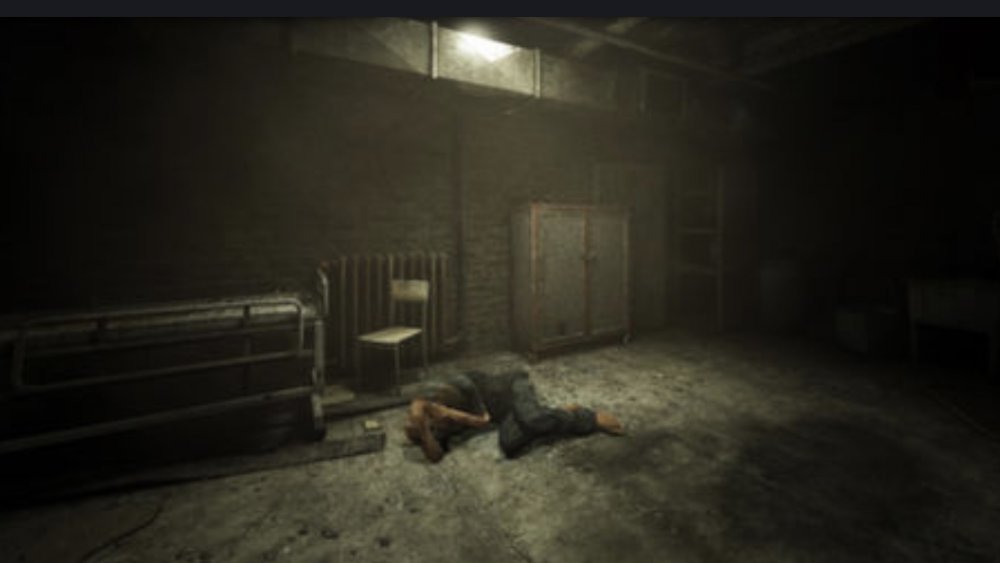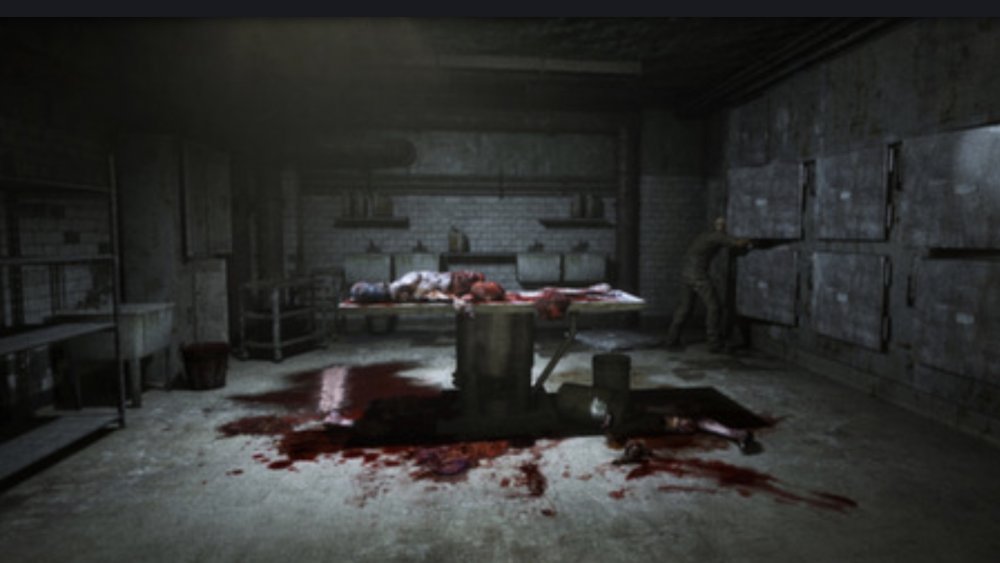The Creepy Real Life Event That Inspired Outlast
The stealth-horror game Outlast is designed to scare you witless. At PAX East in 2013, a representative of developer Red Barrels told an IGN writer that people were panicking while playing a demo of the game that was available at the show, and the writer didn't believe it until he walked in himself to try it out. "Outlast is filled with nearly every type of scare imaginable," Marty Sliva wrote, from bodies coming to life, lights throwing you into darkness randomly, and shapes being seen out of the corner of your eye.
In the first-person game, your character is no superhero — just a reporter trying to figure out what's going on as he stumbles through a dark psychiatric hospital in Leadville, Colo. that has been overrun with mental patients. Red Barrels co-founder Philippe Morin told Polygon that the core gameplay of the title was about the fact that there isn't any combat at all. "It's about having the player suffer," he said.
One of the ways Outlast succeeded in doing this when it was released (in 2013 for PCs, 2014 for the PlayStation and Xbox and in 2018 for the Nintendo Switch) was to base its setting's backstory on a real-life event. According to Morin, the asylum in Outlast has a "long, confused history" that includes being used as a front for MK-ULTRA experiments.
Project MK-ULTRA
Many conspiracy theories about the Central Intelligence Agency exist, but this one happens to be true, according to documents published by the U.S. Senate. Starting in the 1950s and continuing through the 1970s, more than 30 institutions and universities (and perhaps as many as 86) acting under the aegis of the CIA apparently conducted experiments on people without their knowledge by subjecting them to hallucinogenic drugs and chemicals as part of a project called MK-ULTRA. Techniques such as torture, electroshock therapy, hypnosis, and sensory deprivation were also tested.
The idea was to develop mind-controlling drugs that could give the U.S government an edge in international relations, including the Cold War between it and the U.S.S.R. It was a continuation of work done in Nazi Germany and Japanese concentration camps; in fact, the CIA hired some of those professionals to build upon their work, investigative journalist Stephen Kinzer has said. The head of the project was Sidney Gottlieb, who has been called "poisoner in chief" and "the most prolific torturer of his generation."
At least one person (and possibly more) died as a result of the experiments, although many others became ill or had their lives irreparably altered. The actual scientific knowledge gained was negligible and the reports incomplete, Senate reports indicate. Records of MK-ULTRA were ordered destroyed in 1973 by then-director of the CIA Richard Helms, and the LSD subculture from that era is said to be a by-product of the effort.
MK-ULTRA and Outlast
About the creation of Outlast, Morin said that once the team at Red Barrels decided on a horror game, it focused on the core gameplay that included a camcorder with night vision. From there, the staff wanted to make the patients look frightening, using "the profiles of the criminally insane patients you find in asylums," he said, which meant focusing on personality and dialogue. That's when the group started to do research on MK-ULTRA.
"In this age of health care privatization, we figured it wouldn't be a stretch to invent a corporation using a private asylum for the criminally insane to perform experiments on patients," Morin told Gamasutra. "In our story, those experiments would create mutations and horrible side effects."
A scriptwriter came up with the idea that this experimentation would involve morphogenesis, dream therapy, and biotech elements, Morin said. And the sinister quality of all of these elements — including Outlast's final boss, the nanorobotic Walrider — can be traced to the game's dark realism, made all the more frightening by the fact that such experiments really happened in America's recent history. The result: one of the greatest horror games of all time.



